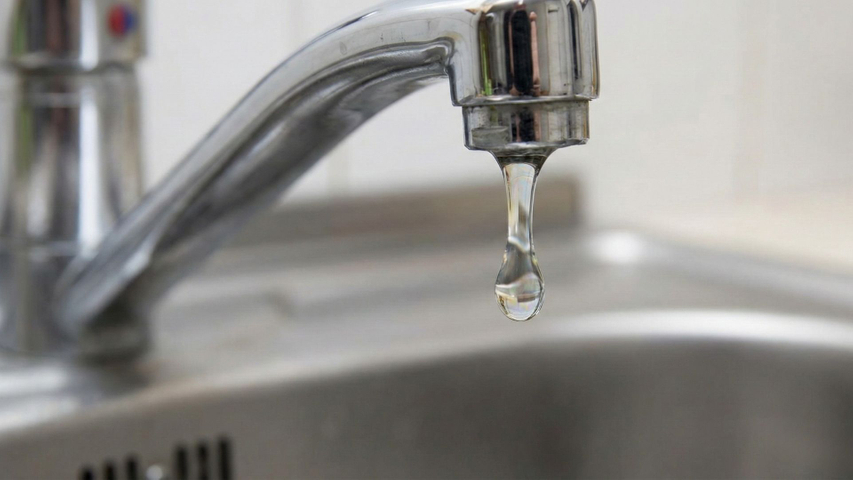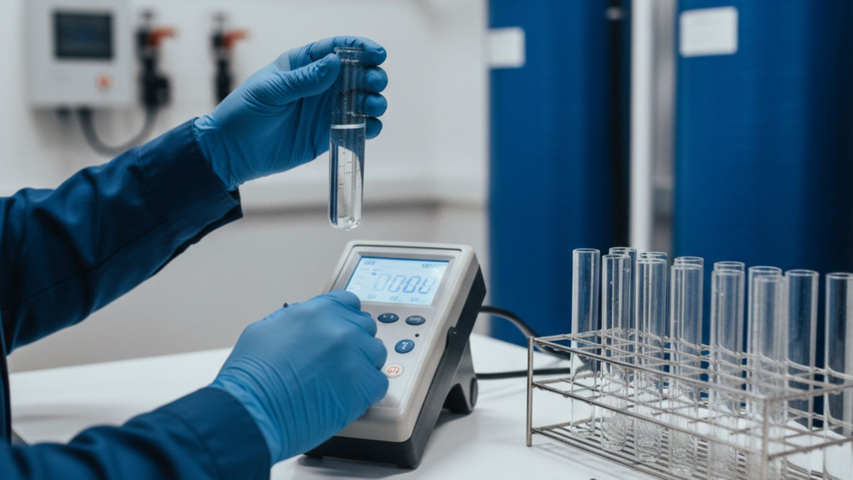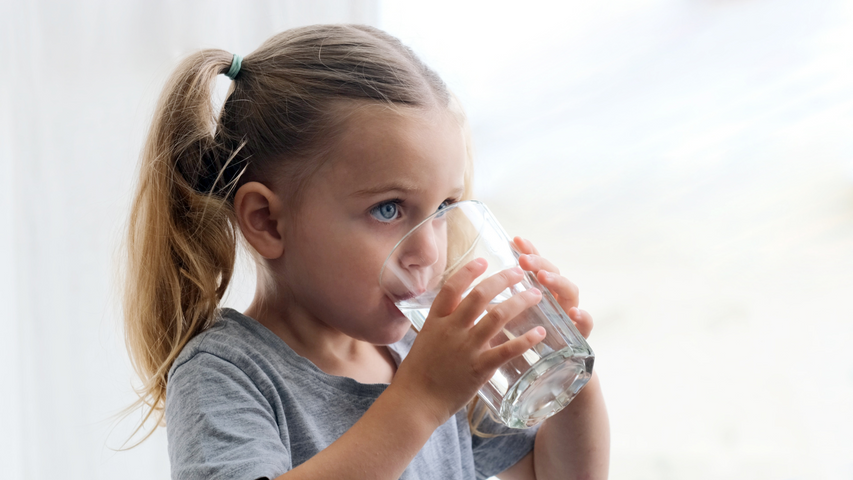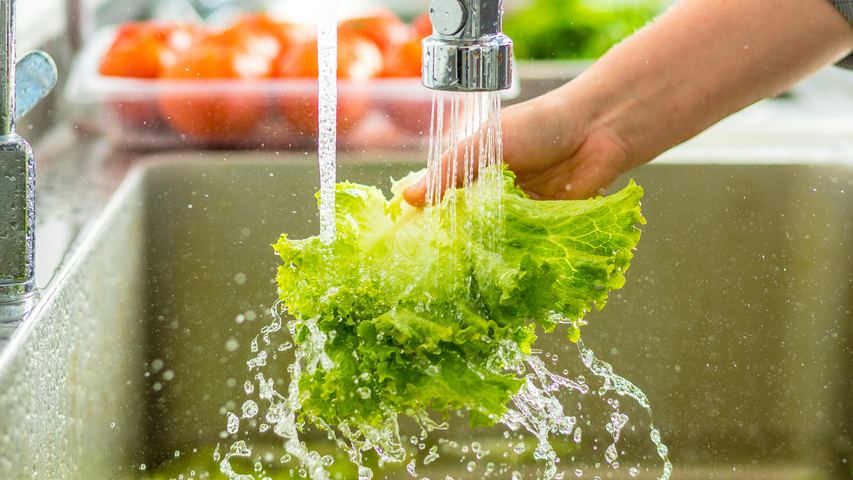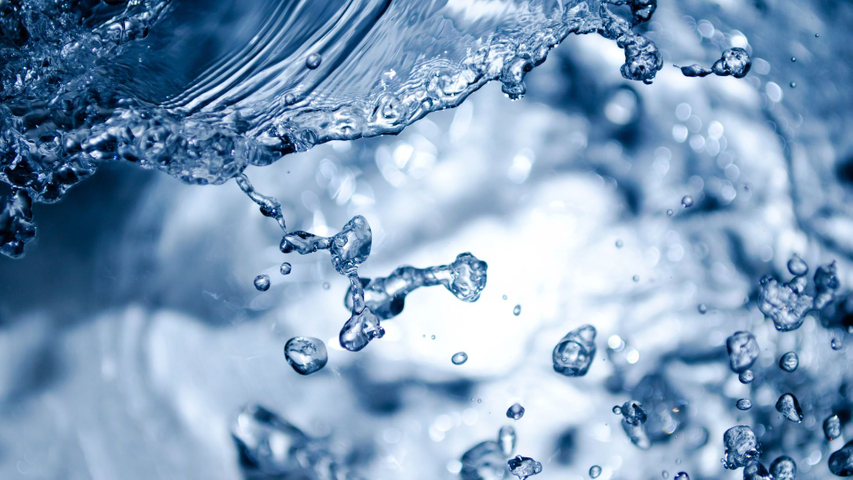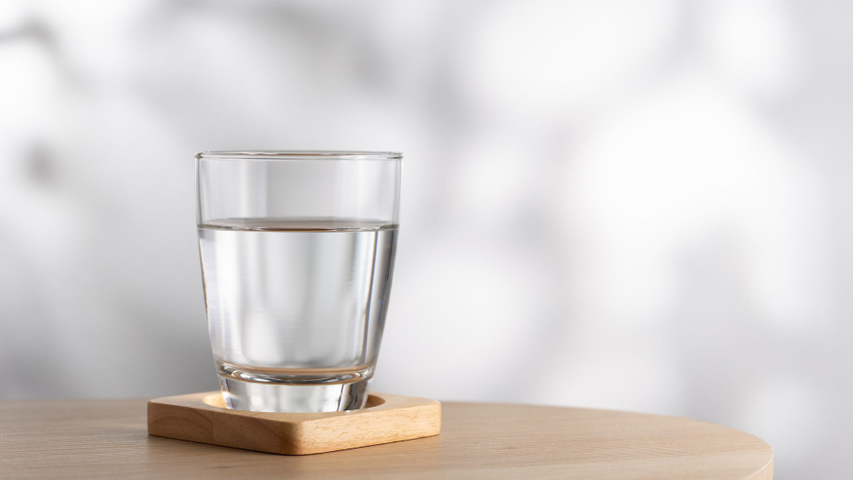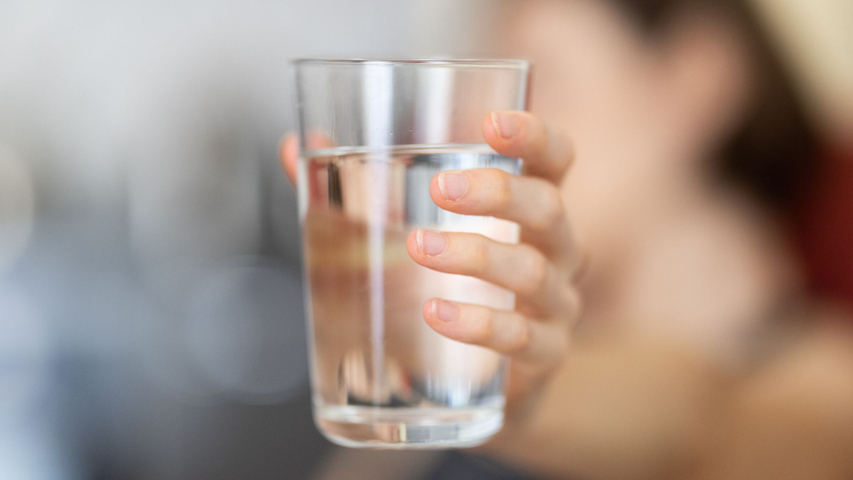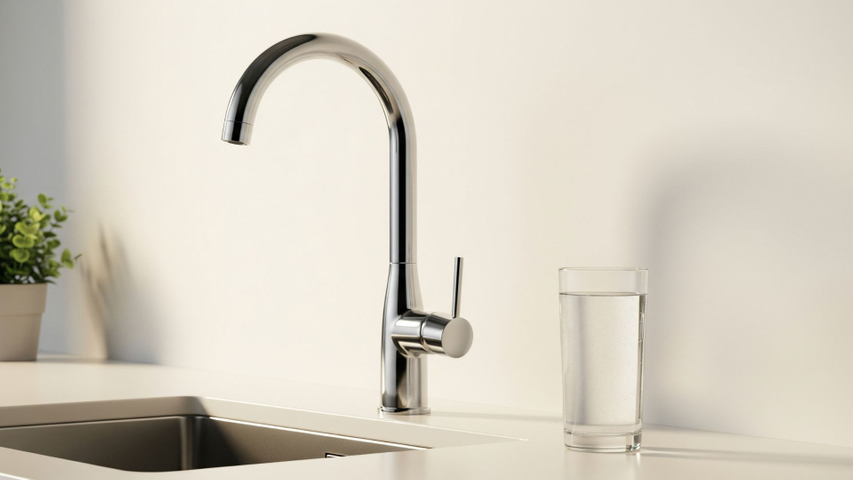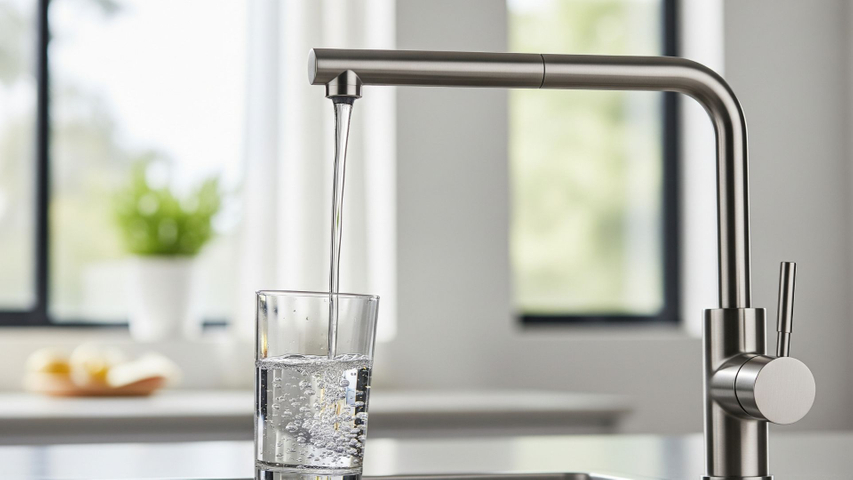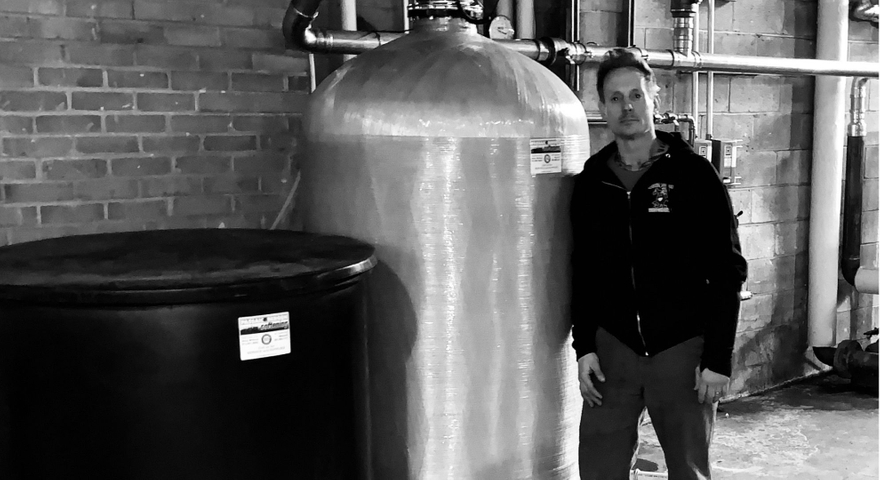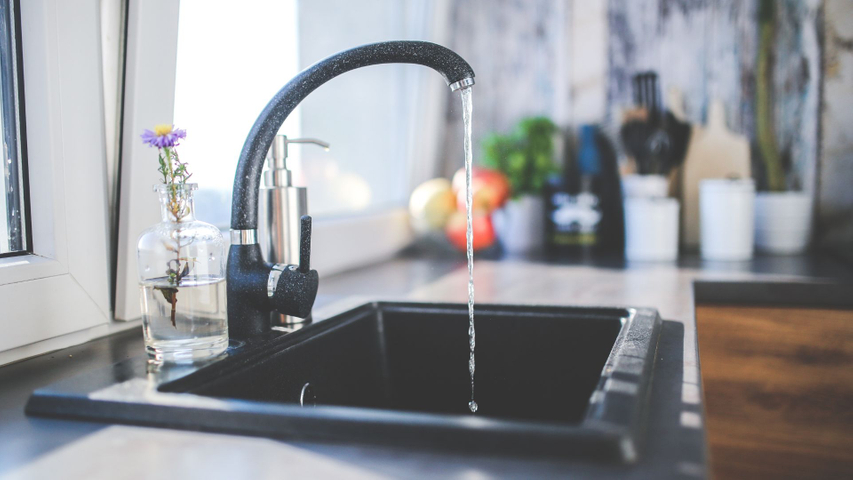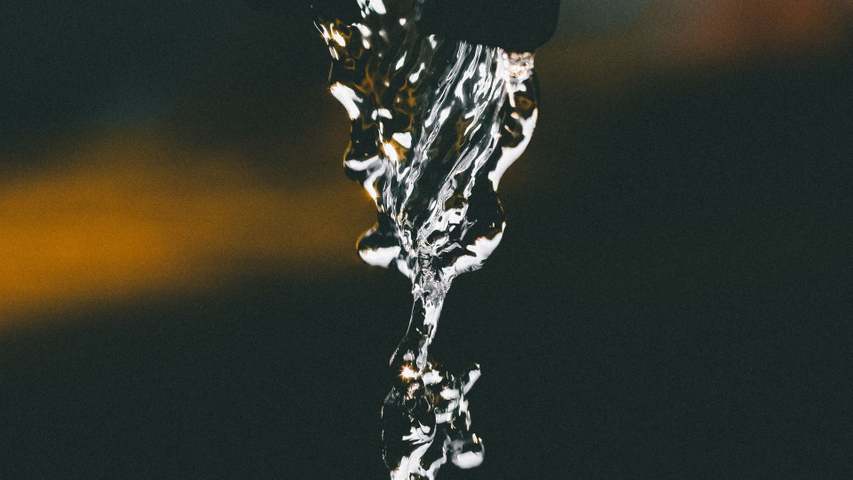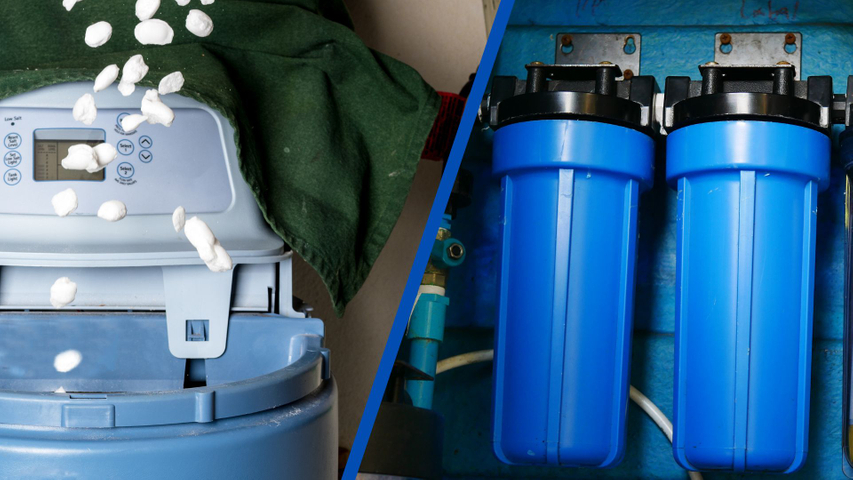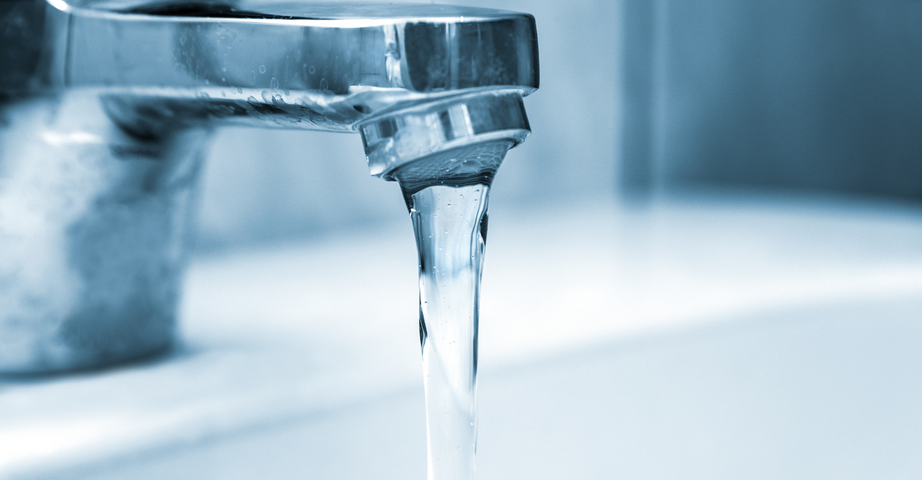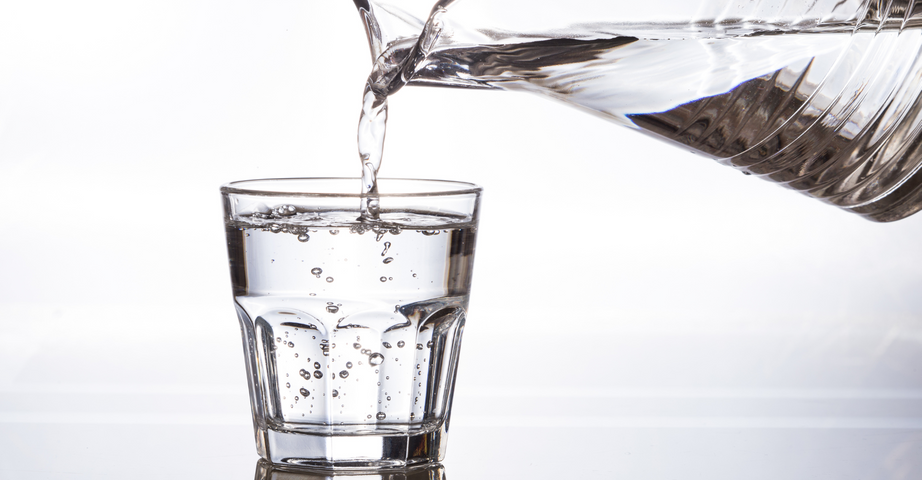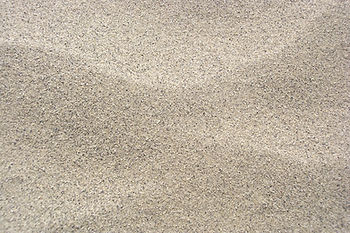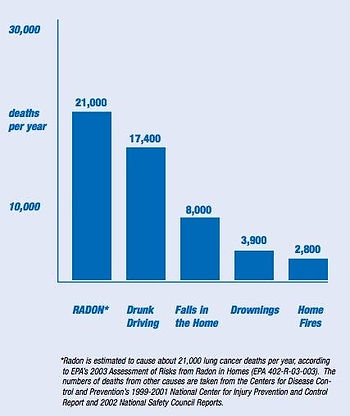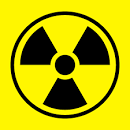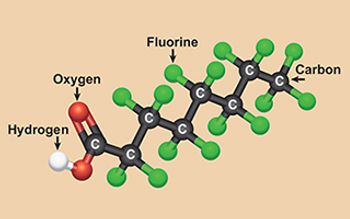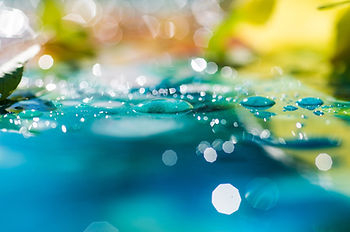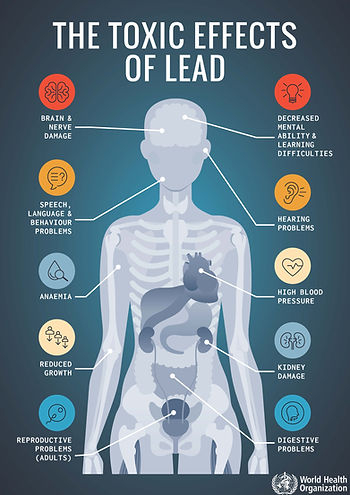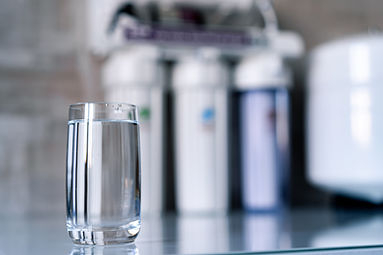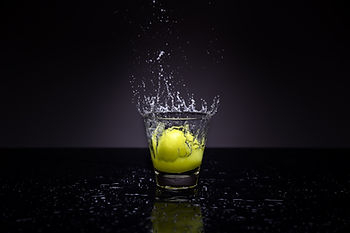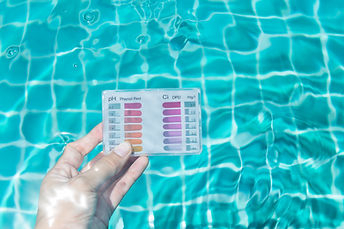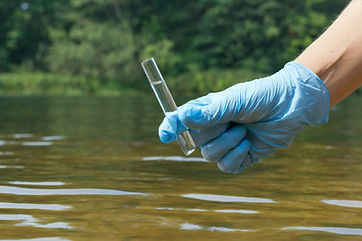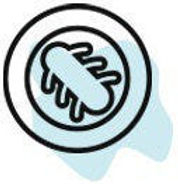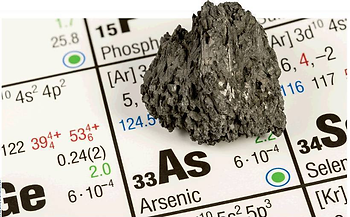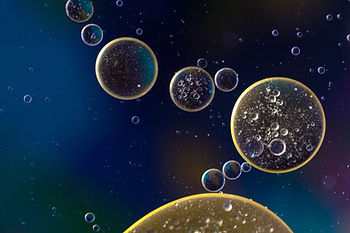Blog
Recent Updates
What You Need to Know About the NJ Private Well Testing Act
The New Jersey Private Well Testing Act (PWTA), enacted in March 2001 and effective since September 2002, is essential for ensuring the safety of drinking water from private wells. This law mandates that property sellers and landlords test untreated groundwater for up to 43 parameters, providing buyers and tenants with critical information about water quality. Aqua Doctor is here to guide you through this process, ensuring your water meets safety standards.
moreNew NJ PFAS Regulations
As concerns about water quality continue to escalate, New Jersey's recent regulatory changes around per- and poly-fluoroalkyl substances (PFAS) are making headlines. With new federal mandates set by the Environmental Protection Agency (EPA), the state is positioned to strengthen its already rigorous water safety protocols. In this article from Aqua Doctor, we’ll discuss what you need to know about the new regulations and their implications for public health.
moreDo Brita Filters Remove PFAS?
As concerns over water quality rise, many homeowners seek solutions for contaminants like per- and poly-fluoroalkyl substances (PFAS). Known as "forever chemicals," PFAS have been linked to numerous health issues, and learning about their presence in drinking water is crucial. Brita filters, popular for their affordability and accessibility, are often considered for this task. But do they effectively remove PFAS? In today’s article from Aqua Doctor, we’ll explore how Brita filters work and if they really remove PFAS from your drinking water.
moreWhat Is The New Jersey Water Contamination in 2024?
Water contamination has become a major concern in the United States, with numerous incidents of toxic chemicals and pollutants being found in our water sources. In particular, New Jersey has been facing a significant water contamination issue for several years. With an active contamination lawsuit persisting, it is essential to understand the current situation and what you can do to protect your family from contaminated water.
moreBenefits of Whole-House Water Filtration Systems: Providing Clean and Healthy Water for Years
Water is an essential element in our daily lives, and ensuring that it is clean and healthy is crucial for the well-being of ourselves and our families. With the increasing concerns about water pollution and the quality of tap water, it has become essential to invest in a whole-house water filtration system. These systems offer a comprehensive solution for delivering clean and healthy water to every tap in your home. At Aqua Doctor, we’re here to help our customers keep their homes and families safe from water contamination with whole-house water filtration systems.
moreWater Softener vs. Whole-House Water Filtration: Which Is the Best Fit for Me?
When it comes to ensuring the water quality in your Northern New Jersey home, choosing between a water softener and whole-house water filtration system can be a daunting decision. Fortunately, Aqua Doctor is here to help you understand the differences, benefits, and ideal applications of each option, so you can make an informed choice that suits your specific needs.
moreIs It Okay To Drink Tap Water in New Jersey?
Tap water is a growing concern for many New Jersey residents, especially with the increasing awareness of contaminants like PFAS, PFOS, and PFOA. These harmful chemicals, often referred to as “forever chemicals” can pose serious health risks. At Aqua Doctor, we specialize in water filtration and treatment services to ensure your water is safe for consumption.
moreIs There PFAS in NJ Water?
At Aqua Doctor, we understand the critical importance of clean, safe water for your home, business, or industrial facility. Recent concerns about PFAS (per- and polyfluoroalkyl substances) in New Jersey's water supply have made effective water treatment more vital than ever. Our comprehensive water filtration services are tailored to meet the unique needs of our clients, ensuring that your water is free from harmful contaminants.
moreSand, Silt, Sediment & Clay
What are some signs of Sand, Silt, Sediment & Clay in your water?
If your water is cloudy or has a gritty feel in the mouth, you are probably dealing with a sediment problem, which can include sand or silt or other solid material. This typically enters well water through ground water, runoff, or erosion.
The particles that make your water cloudy – or “turbid” – are typically invisible to the naked eye, but they can definitely be felt and tasted.
While sediment in water is normally not dangerous or unhealthy, it can make your water unattractive for drinking, cooking and washing.
What’s more, high amounts of sediment can build up in plumbing, in faucets, shower heads, and in appliances and often cause problems. Different locations in NJ have different water conditioning issues.
moreRadon in Water
Radon is a dangerous, radioactive gas can occur naturally in the soil in certain areas.
It is created by the breakdown of uranium that may exist in the ground, forming a gas that can easily seep into the air in homes and buildings, and dissolve into underground water sources such as local NJ wells, and accumulate there.
The gas can then be released when you use the water, whether for showering, washing dishes, or some other purpose, and can also be consumed when you drink it. It is strongly recommended that you have private well water analyzed for radon.
moreRadioactive Water
Radiation can enter the water supply due to both natural and man-made sources.
Small traces of radioactivity are found in nearly all drinking water, but many people are concerned about the potential dangers of potential pollutants from nuclear energy plants, laboratories, and other sources.
morePFAs / PFOA in Water
What are PFAs/ PFOAs?
Per- and Polyfluorinated substances are a synthetic chemicals that have been long used in helping to make consumer products non-stick and water resistant, and in specialized applications such as firefighting foams.
The problems is that these compounds persist for a long time in the environment, and can accumulate in wildlife, and in humans. And eventually in NJ well water especially.
The long-term health risks of PFAs and PFOA haven’t been thoroughly studied, but human exposure has been linked to developmental defects in pregnancy and in breastfed infants, as well as effects on cancer, the liver, and the thyroid.
moreNitrates and Nitrites
Nitrates and nitrites are naturally occurring compounds that are formed when organic matter decomposes.
In addition, various inorganic nitrates are widely used in fertilizers, which can then contaminate your water supply. Nitrates and nitrites are both ions that contain nitrogen and oxygen; nitrates include three oxygen atoms to nitrite's two. These compounds can also be converted one to the other, and are often grouped together when discussing their role as water contaminants. Nitrates in drinking water are colorless, odorless, and tasteless, and they cannot be detected unless water samples are laboratory tested.
Nitrate concentrations, Potassium and ammonium nitrate, both widely used in lawn and garden fertilizers, are the most common inorganic nitrates in water. Since most nitrogenous materials in natural waters tend to convert to nitrate, all sources of combined nitrogen are potential sources of contamination. Nitrates are very soluble and do not bind to soils, so they can easily get into groundwater. In addition, these compounds do not evaporate and often remain in water until consumed by plants or animals.
moreLead in Your Water?
You do not want lead in your drinking water!
The negative health effects are well known. Any amount of lead in water over 0.015 mg/l needs to be treated.
While most sources of lead have been phased out of home construction, it can still be an issue in older homes – where some lead plumbing and lead-based solder may still be present – and in communities where lead may remain in distribution systems.
moreWater with High Iron
Does your water look rusty or brown straight from the tap?
Do reddish brown particles settle to the bottom of your glass, your pot?
Do reddish brown stains occur in your shower, bathtub, toilets and laundry?
You probably have high levels of iron in your water. Besides leaving ugly stains on fixtures and your laundry, it can also add a metallic task to your water. And sometimes promote the growth of iron-reducing bacteria. That is troublesome.
moreTreating Hard Water
What is Hard Water?
If you have ‘hard water’ it simply means that your water supply contains somewhat higher concentrations of dissolved minerals, such as calcium and magnesium. So-called ‘soft water’ has much lower mineral content. Hard water is not a problem as a health risk at all. In fact, some might consider that taking in more minerals is a good thing.
But having water with a high mineral content can create problems in other ways, such as:
Scale and crust build-up on faucets and shower heads
Spotting and film on glassware and dishes
Poor lather with soaps and shampoos
Stiff and scratchy laundry
Limescale buildup in tubs and sinks and pipes
Dry and itchy skin after showering
The Caribbean Blue Water Conditioning solution is one of our state-of-the-art water softening systems, which effectively swaps out the ‘hard’ minerals from your water. Works brilliantly. Ask us. Caribbean Blue Water Conditioning of NJ can help.
moreFluoride in Drinking Water
Fluoride is at the center of a polarized debate that has been going on for some time.
Many cities add fluoride to the drinking water supply, earnestly citing data that it is proven to reduce tooth decay in children. Others are not so sure. We can’t settle this.
But we can remove fluoride for you, if you’re concerned. Ask us. AquaDoctor NJ can help.
moreChromium in Drinking Water
What is chromium? And what is it doing in my water?
Chromium is a naturally occurring element that becomes an issue in drinking water in the form of Chromium 3 and Chromium 6, which are typically generated in industrial processes. Chromium 6 – or hexavalent chromium – was made notorious in the movie “Erin Brockovich” where a major utility was held liable for contaminating water supplies with the chemical.
Chromium 6 is widely considered to cause cancer, and to affect the respiratory system, kidneys, liver, skin and eyes. It does not belong in your water.
Authorities do not agree on what level of Chromium 6 is acceptable or safe. There are studies underway. The current federal drinking water standard for total chromium is 0.1 mg/l or 100 ppb. (Parts per billion.)
moreChlorine in water
We've all heard of Chlorine, but what exactly is it?
Chlorine is a gaseous chemical element that has long been known as an effective disinfectant.
It has the power to disrupt the outer membranes of living cells – such as bacteria – and cause them to break down and die. Which is a good thing, mostly. It’s the active ingredient in common bleach, for example.
And adding chlorine to drinking water has helped to eliminate deadly outbreaks of cholera and typhoid that once plagued cities for centuries. A very good thing.
But it remains that chlorine in drinking water can be unpleasant for many people, and perhaps even a problem.
moreChemical Toxins: PCB, MTBE, TCE, & THM
What chemicals might be in my water?
A number of different chemicals may be found in your water, depending in part on where your water comes from.
To disinfect water, many municipal water treatment plants use chlorine or chloramines, which may linger and make their way into drinking water, making ‘tap’ water unpleasant for some people.
While municipal water plants do use filters and other methods to remove a wide range of potential contaminants – especially those with strictly mandated limits -- there are a may be a significant number of unregulated chemicals in water that many users may be sensitive to. The risk of chemicals in water may be even higher with water supplied by a private well, which taps into aquifers fed by groundwater.
Depending on the location, this groundwater be exposed to a range of chemicals and pollutants, including pesticides, spilled fuels, and toxins that have not been disposed of properly, including prescription medications and various types of hazardous waste. In some locations, older industrial chemicals, including polychlorinated biphenyls (PCB) and (trichloroethylene) TCS, can also be found in the groundwater and aquifers.
moreMicroorganisms in Water
Microorganisms
There are a range of microorganisms, including bacteria, protozoa, and viruses, that live and thrive in water, and can be a potential problem in drinking water.
If you get water is supplied through a municipal water company, it is typically treated to kill biological contaminants before it reaches your home.
But if you receive water through a well or other private source, it is possible for it to become contaminated with many organisms that can make you sick.
In most cases, contamination occurs when water supplies come in contact with untreated sewage, manure runoff, or other source of human or animal waste. It can be caused by leaky pipes and sewer connections, poorly sealed wells, or faulty septic systems.
moreArsenic in Water and It's Removal
What is Arsenic?
Arsenic is a metalloid element that is found naturally in rocks, soil, and plants, and is extremely toxic to humans in most of it is forms.
Ingestion of arsenic can cause headaches, drowsiness, diarrhea and vomiting, and discoloration of the skin and fingernails. Over time, chronic arsenic exposure can lead to severe stomach pain, numbness in the extremities, convulsions, paralysis, and blindness.
Arsenic can get into drinking water through natural deposits in the ground that eventually contaminate aquifers and wells. It can also be released into the environment through careless use of agricultural fertilizers and pesticides, and coal burning, mining, and smelting operations.
moreWhat is Acid Water?
Simply put, Acid water is water with a pH below 7.
The pH is a measure of how acid or basic a solution is. The pH scale ranges from 0 to 14. The number 7 is neutral. Numbers higher than 7 are considered Alkaline or Basic. Numbers lower than 7 are considered to be acidic or corrosive. To put the importance of pH into perspective, remember that the pH scale is logarithmic. Water with a pH of 6.0 is ten times more acidic than water with a pH of 7.0, and water with a pH of 5.0 is 100 times more acid than a solution with a pH of 7.0.
Contact us at Caribbean Blue Water Conditioning, and we’ll be happy to perform an analysis for you. It’s what we do.
moreSulfur Smell in Your Water???
What is Sulfur?
In water, sulfur often appears as dissolved hydrogen sulfide (H2S) gas, known for its distinct smell of rotten eggs, or sewer gas.
Hydrogen sulfide can gets into your water from decaying plant matter underground, or if your well is situated near oil fields, coal deposits, or in areas with high concentrations of shale or sandstone.
Most hydrogen sulfide is produced by bacteria that feed on sulfur and live in low oxygen environments, like those found in deep wells and water distribution systems.
more
